Tumblr is a microblogging platform and social networking website founded by David Karp in 2007. It has become one of the most popular social media sites as of late when it comes to photography. There are many photography blogs on Tumblr, but here we've pulled together a list of 15 Tumblr blogs related to film photography for you to add to your dashboard.
#mediumformat is a Tumblr blog of all things medium format and the like for appreciating this lovely form of photography. The blog is curated by California-based photographer
Ani Lynn.
35mmers is a community created around the shared appreciation of 35mm film photography. If you would like to see some of your own work featured on the 35mmers website, then head over
here to submit your work.
Analogue Sunrise is a daily photography Tumblr blog related to film photography. Each day photos are hand picked and featured on the blog from their
Flickr group. Analogue Sunrise is found by photographer
Derek Corneau circa 2010.
BelieveInFilm is the official Tumblr blog of
BelieveInFilm.com - an international community of photographers doing awesome things with film photography, helping people
find and use film cameras,
share photos, share info in their
film photography forum and
promote film photography projects.
Film is God is a Tumblr blog dedicated to film photography and all things related. It allows its followers to submit their own photography through the blog and their
Flickr group. Film is God has a goal to get more people to discover the wonders of analogue. The blog was started by
Emily Savill in 2010.
I Still Shoot Film was created by American photographer
Rachel Rebibo, is a photography blog dedicated to the art of film photography, sharing inspiring work from photographers around the globe. It also provides a wide array of learning resources, including how-to articles and product reviews. If you're interested in getting started with film, head on over to the
Beginner's Guide to Film Photography.
If You Leave was started by London-based photographer
Laurence Von Thomas as a place for contemporary photographers to submit their work. With photographs, most of film photography, of a wide variety of subjects and landscapes, the focus is more on the impact of a single image rather than a body of work from those submitting. By now, If You Leave has a following of more than 400K on Tumblr. "My biggest pasion has always been film, it's also my background and I think it shows in my work." - Thomas said in
an interview.
In an instant is a daily photography blog showing the beauty of Polaroids. The blog is running by many
contributors.
Lomography is the official Tumblr home of the
Lomographic Society International. Follow this blog to enjoy fresh lomography snapshots from their community. The Lomographic Society International was founded in 1992 by a group of Viennese students after they discovered the Lomo LC-A camera created by LOMO PLC of Saint Petersburg, Russia.
Only Film Photography is curated by
Daniel Espinoza since 2011. This blog is only dedicated to analog photography. If you are a film photography enthusiast, you can submit your best work to the blog
here.
Polaroid SF is a photo-a-day instant photography project that stems from a deep-rooted love of all things San Francisco since 2011 by local photographers Bruce Scott and William Westley. They aim to create an analog love letter to San Francisco. "Everything you see is captured through the lenses of vintage Polaroid cameras, no digital enhancements necessary," they said.
Revolog features film photography which are using their own handmade film produces, special effect films for analog photographic cameras. Currently they have ten different effect films which are sold through the webshop. Revolog is founded by
Michael Krebs and
Hanna Pribitzer in 2010.
The Film Photography Diary is curated by French photographer
Ousseynou Cissé. The aim of the magazine is to feed you with good photography, raw talent, simple and creative pieces of work.
The Holga Blog is a blog dedicated to the Holga family. Holgas are known for their vignetting, soft lenses, plastic bodies, and being "pieces of crap." This blog is curated by
Adrian Gilliam and
Renate Cloud.
The World Through Green Eyes is a blogzine based on the relationship between human and nature. This blogzine was created to give space for new Photographers, to let known their name to the world and to demonstrate their love for the Land. The World Through Green Eyes is for everyone who loves photography and Mother Nature, for everyone who loves to be wild.
And of course, don't forget to follow us on our Tumblr at
im.shootingfilm.net. Do you follow any Tumblr blogs featured here? If you feel we've missed some great ones, let us know in the comments below...

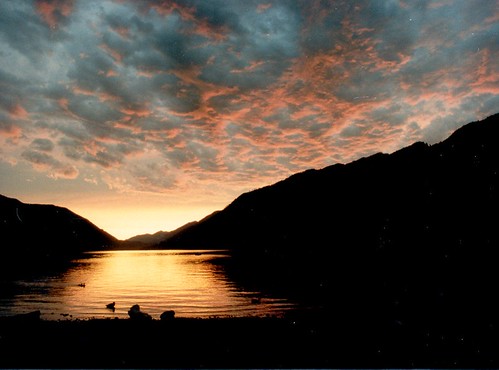
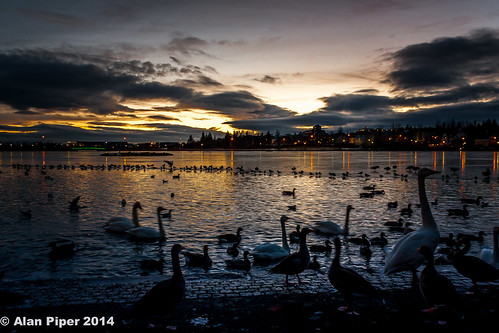
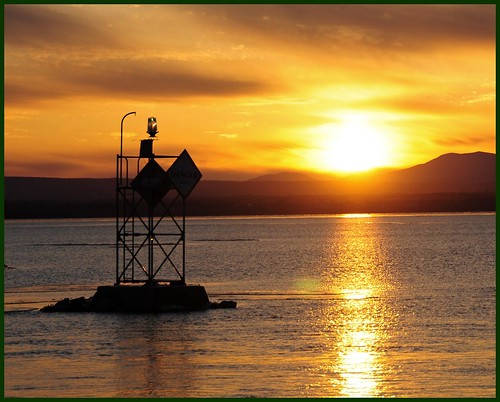
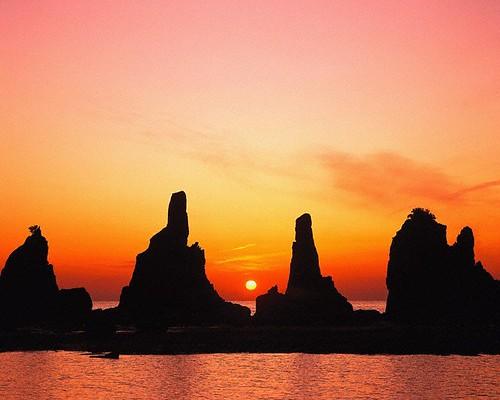



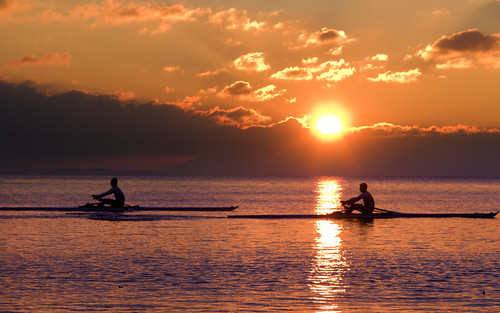
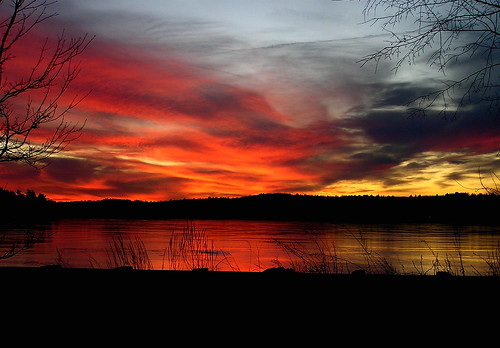
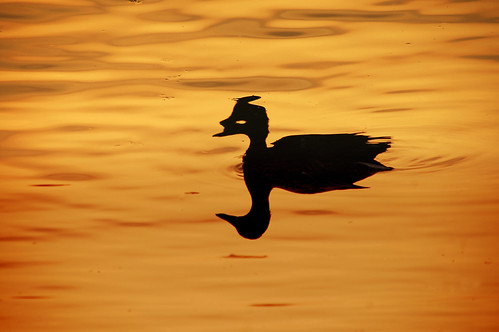
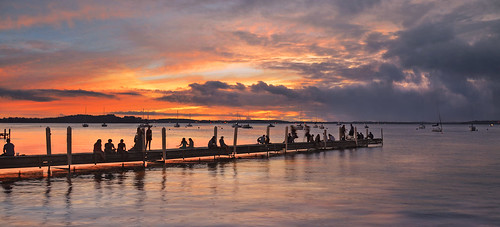

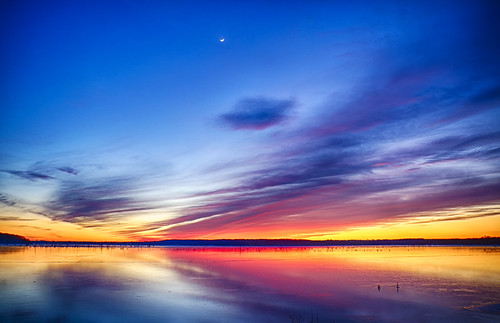
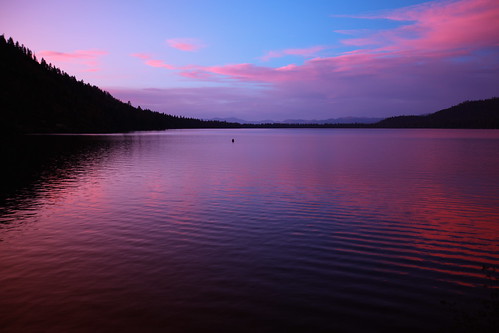
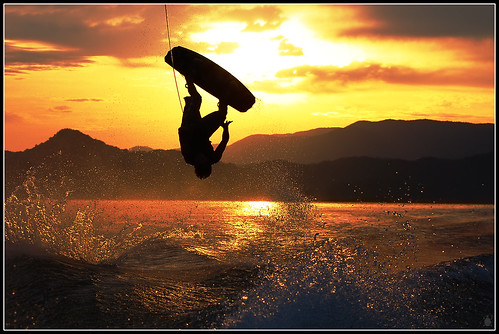
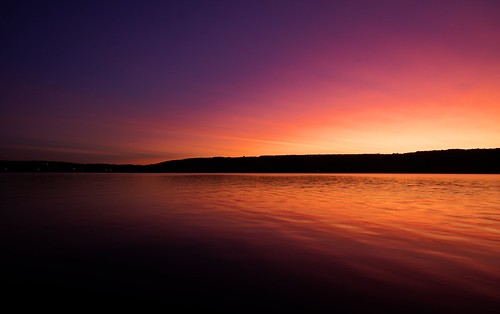
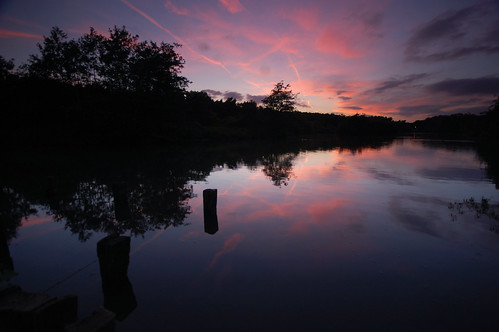
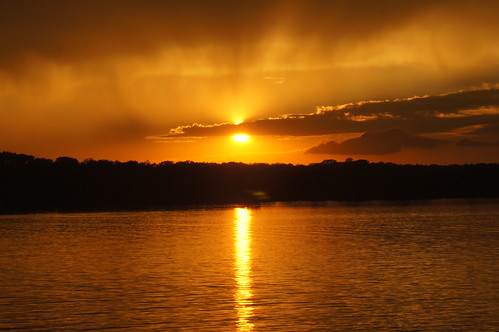

.jpg)
.jpg)
.jpg)
.jpg)
.jpg)
.jpg)
.jpg)
.jpg)
.jpg)
.jpg)
.jpg)
.jpg)












